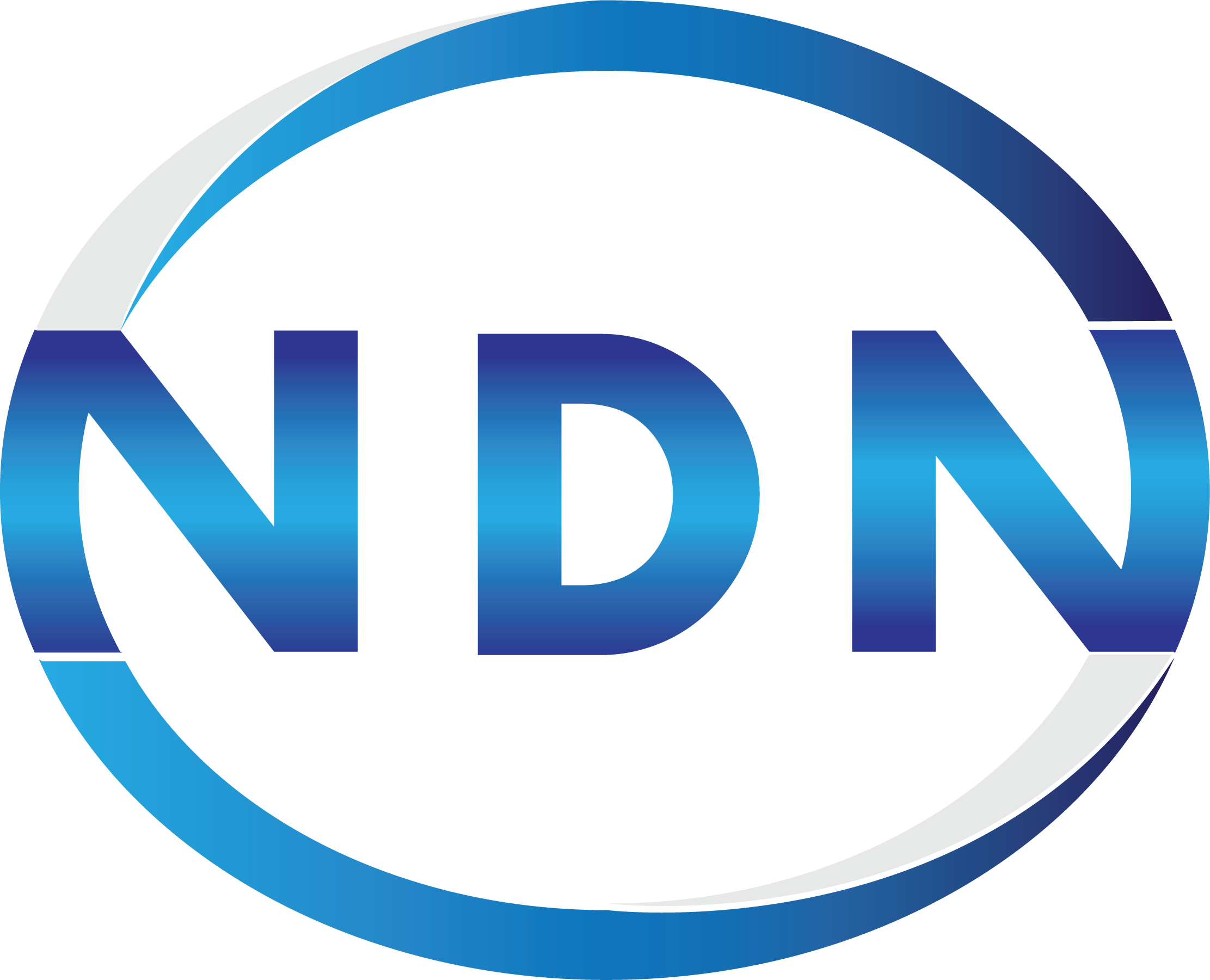Clothoff: The Future of Undressing Anyone with AI
In the rapidly evolving world of cloth off ai promo code technology, artificial intelligence (AI) has made significant strides, impacting various industries, including fashion, gaming, and entertainment. One of the most intriguing concepts emerging in recent years is the ability to “undress” anyone using AI technology. This article explores the implications, ethics, and future of this fascinating topic, focusing on the innovation known as Clothoff.
What is Clothoff?
Clothoff is a cutting-edge AI application designed to virtually remove clothing from images and videos. The technology utilizes advanced machine learning algorithms to analyze and reconstruct images, presenting users with a lifelike representation of how a person might look without their clothes. While it can be used for various purposes, ranging from fashion design to art, the ethical implications of such technology cannot be overlooked.
How Does Clothoff Work?
The technology behind Clothoff relies on deep learning techniques, particularly convolutional neural networks (CNNs). Here’s a simplified breakdown of how it works:
-
Image Input
-
Data Processing
-
Clothing Removal
-
Output Generation
The user uploads an image of a person that they wish to undress virtually.
Clothoff analyzes the image, identifying key features such as body shape, skin tone, and clothing texture.
The AI employs algorithms to remove the clothing while maintaining the natural appearance of the skin and body contours.
The final result is a new image that presents the individual without their clothing, all while striving for realism.
Applications of Clothoff
While Clothoff can be used in various domains, some notable applications include:
-
Fashion Industry
-
Gaming and Animation
-
Art and Photography
Fashion designers can utilize Clothoff to visualize how clothing fits on different body types without the need for physical models.
The gaming industry can leverage this technology to create more realistic character designs, enhancing player immersion.
Artists and photographers can explore new creative avenues by using AI-generated images in their works.
The Ethical Considerations
While the capabilities of Clothoff are undeniably fascinating, they raise important ethical questions. The potential for misuse is significant, and the consequences can be severe. Here are some key ethical concerns:
-
Consent
-
Body Image Issues
-
Legal Implications
Using Clothoff without an individual’s consent can violate their privacy and lead to exploitation.
AI-generated images can contribute to unrealistic body standards, potentially harming individuals’ self-esteem and body image.
The creation and distribution of non-consensual images can lead to legal repercussions, including lawsuits and criminal charges.
Technological Limitations
Despite its potential, Clothoff is not without limitations. Some challenges include:
-
Realism
-
Bias in AI
-
Dependence on Quality Input
While the technology aims for realism, the output may not always match reality, leading to unrealistic portrayals.
The AI is only as good as the data it is trained on. If the training data is biased, the results can reflect those biases.
The quality of the input image significantly affects the output. Poor-quality images may result in unsatisfactory results.
The Future of Clothoff and Similar Technologies
The future of Clothoff and similar AI technologies is promising, with potential advancements that could address current limitations and ethical concerns. Here are some trends to watch:
-
Improved Algorithms
-
Stronger Regulations
-
Public Awareness
As technology evolves, we can expect more sophisticated algorithms that enhance realism and reduce biases.
Governments and organizations may implement stricter regulations to ensure ethical use of such technologies.
Increased awareness about the ethical implications of AI-generated content will encourage responsible usage and development.
Conclusion
Clothoff represents a remarkable advancement in AI technology, showcasing the incredible capabilities of machine learning. However, as we delve deeper into this innovative frontier, it is crucial to navigate the ethical landscape carefully. Balancing creativity and technology with respect for individual rights and dignity will determine how we harness the power of AI to undress anyone responsibly. The future of Clothoff is not just about its technological prowess but also about how society chooses to embrace and regulate such innovations.

No responses yet